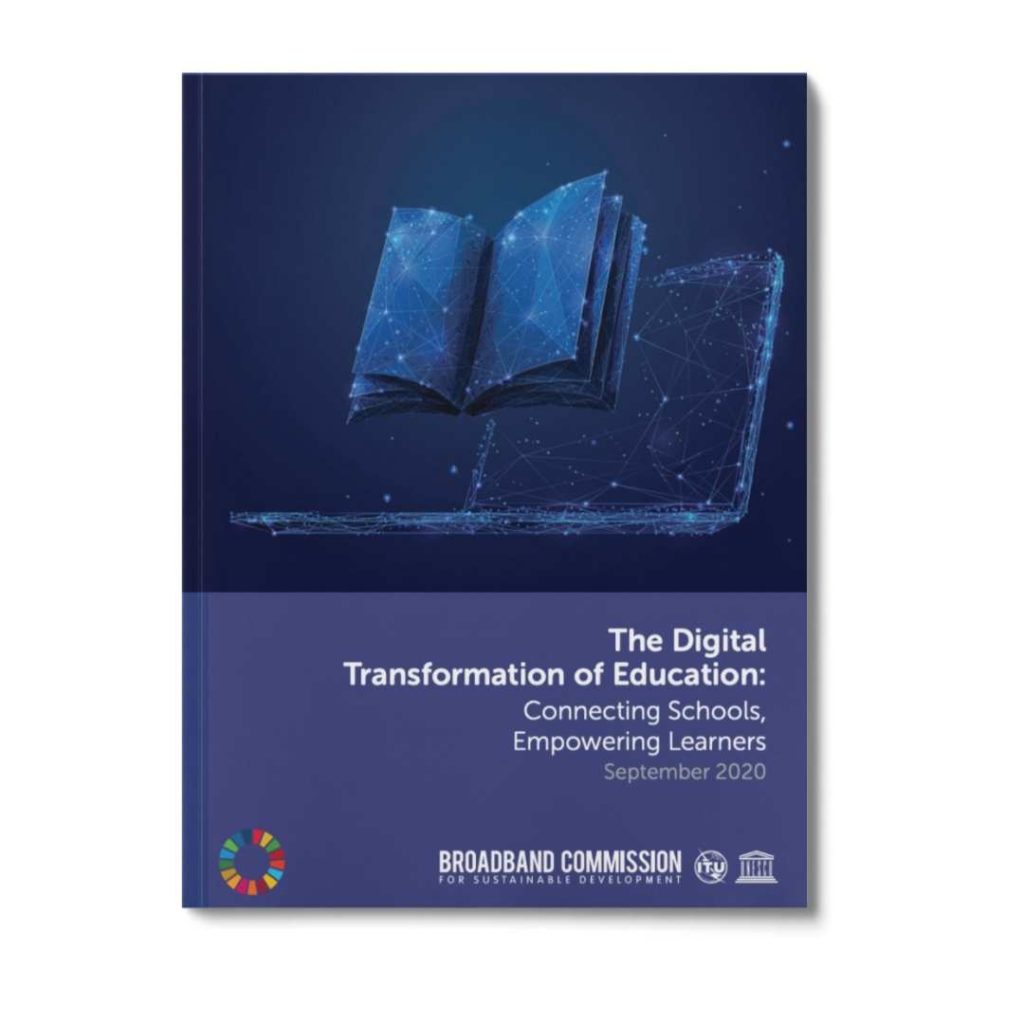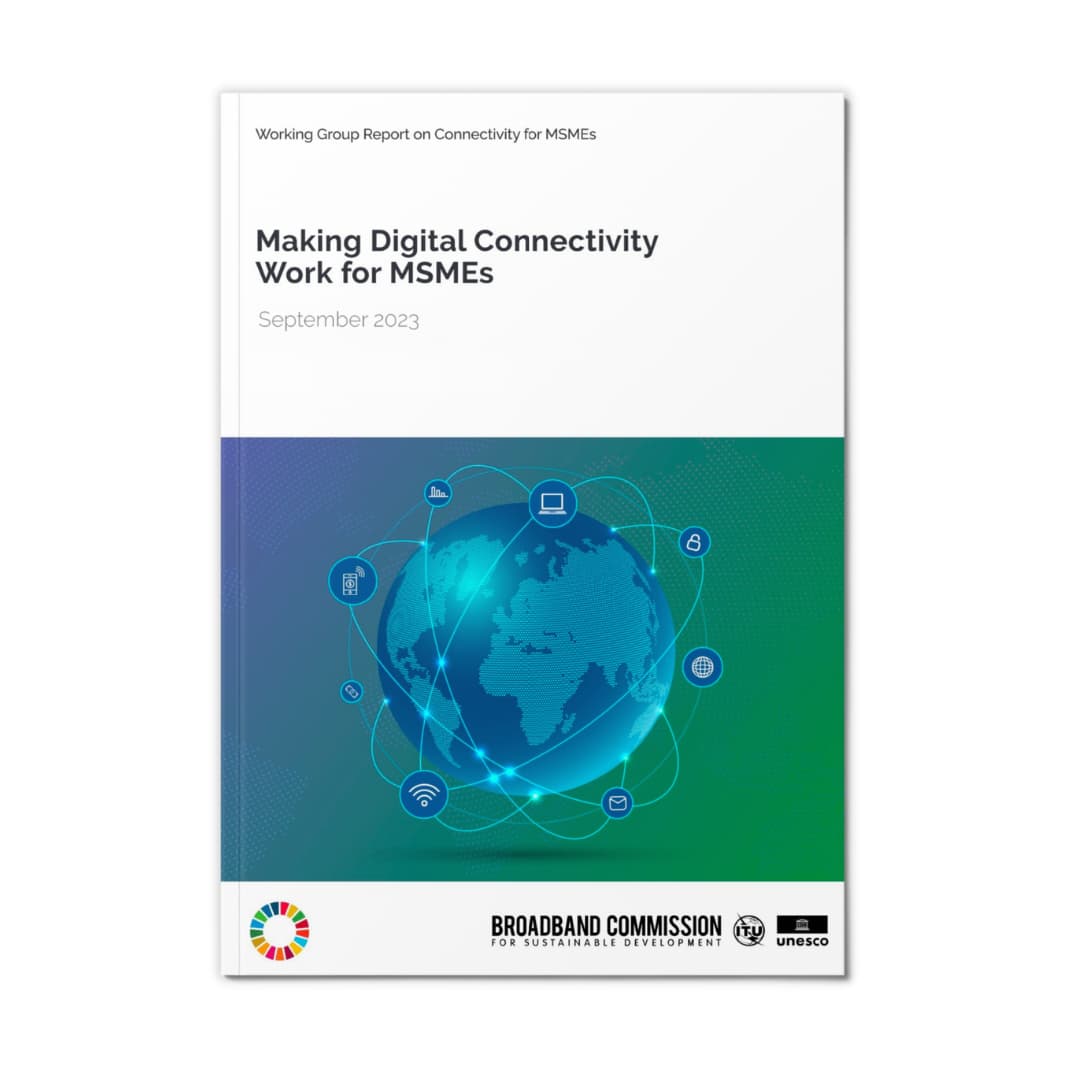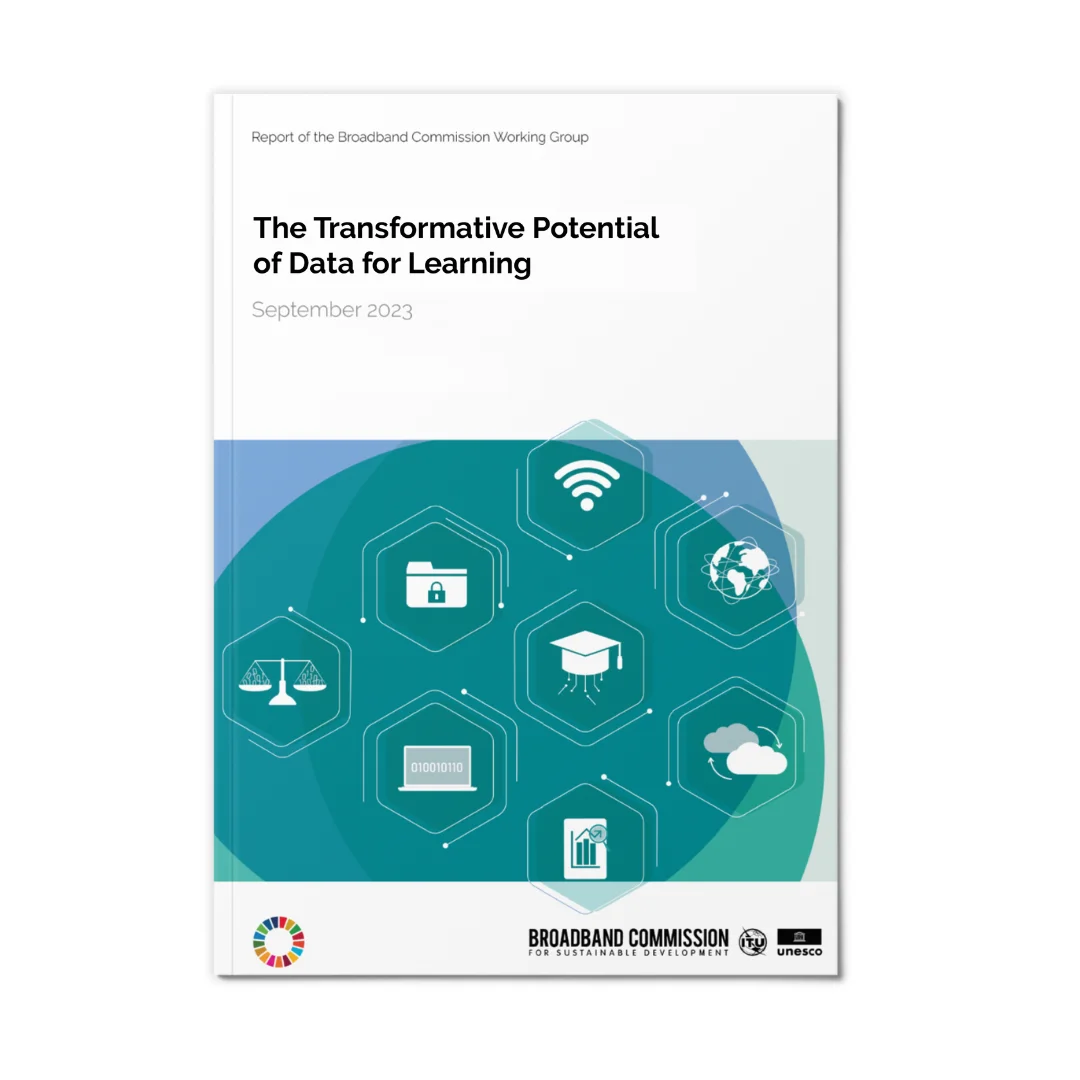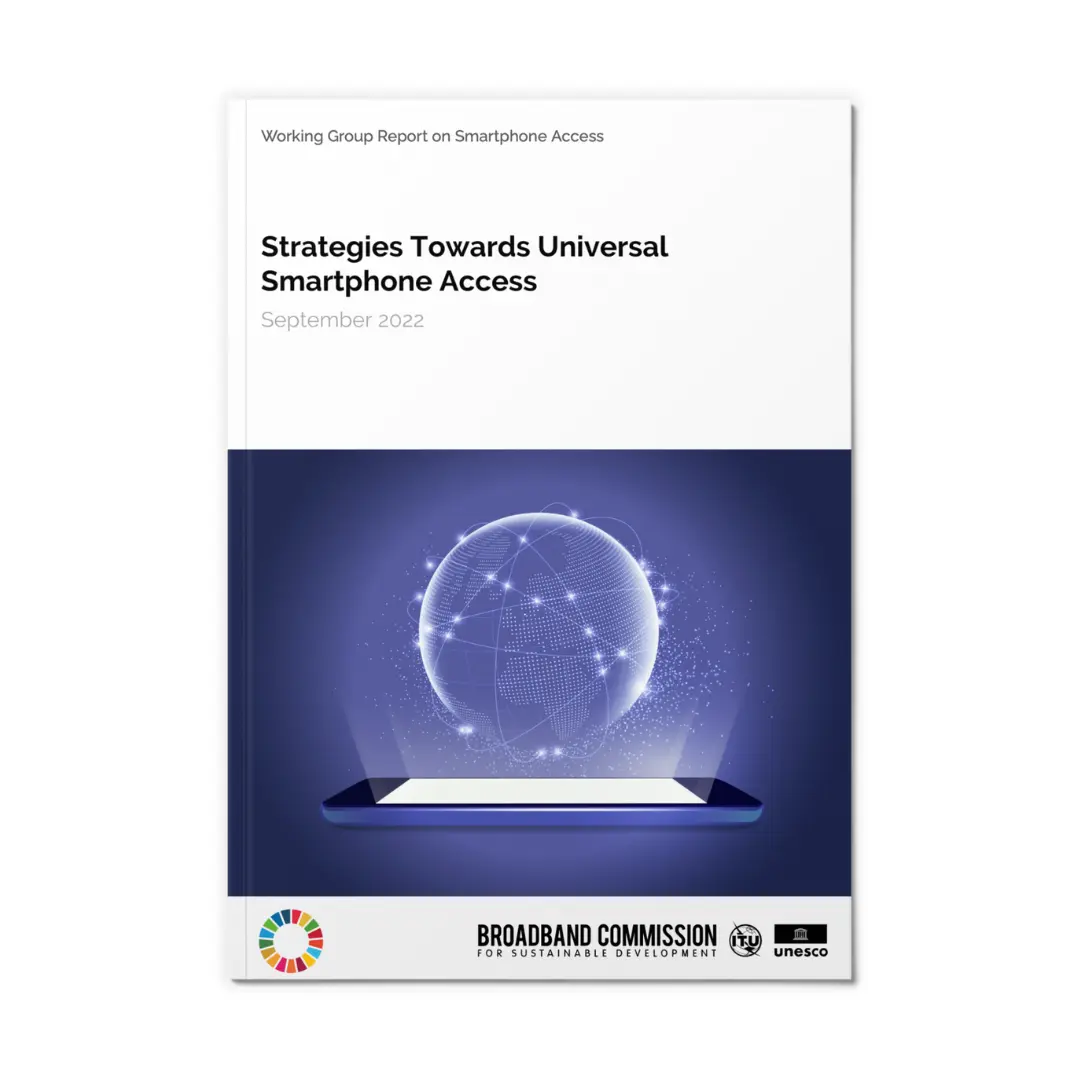Education, the Internet and broadband connectivity have a tremendous potential to solve some of the world’s most pressing challenges including the achievement of the Sustainable Development Goals (SDGs).
Nevertheless, today 3.6 billion people still have no access to the Internet and about 258 million children are out of school. For those enrolled and attending school, the COVID-19 pandemic created an unprecedented challenge, forcing 94 percent of learners worldwide to continue their education at home regardless of whether they were lucky enough to have connectivity and safe access to the Internet. The pandemic has undoubtedly caused a big impact to the global outlook for connectivity and education; it could even reverse some of the progress made in recent years in the attainment of the SDGs, especially those related to education, gender equality, industry, innovation and infrastructure, reduced inequality, and the promotion of peace and end of violence and abuse.
But not everything related to the pandemic is negative. The COVID-19 crisis also brought much needed attention to the importance of connectivity both at school and at home. It also brought a deeper understanding of the many dimensions of the digital divide, equity gaps, and issues around children’s safety online. It showed governments the need to work closer with development partners to remove technological barriers and lower connectivity costs, as well as the need to invest in digital infrastructure and digital literacy, especially for marginalized populations.
The Broadband Commission for Sustainable Development advocates, showcases and documents the power of Information and Communications Technology (ICT) and broadband based technologies in achieving the SDGs. It has set seven ambitious targets to be accomplished by 2025, four of which are specifically linked to affordability, connectivity, digital skills, and empowerment of youth and adults. The Working Group on School Connectivity, co-chaired by the International Telecommunication Union (ITU), the United Nations Educational, Scientific and Cultural Organization (UNESCO) and the United Nations International Children’s Emergency Fund (UNICEF), and established by Broadband Commissioners and other development partners and external experts, advocates and provides advice and guidance for the implementation of key projects aimed at connecting schools to the Internet and at turning schools into entry points for connecting entire communities.
This report is the result of the effort, research and discussions held during the past year by the Working Group on School Connectivity and identifies a set of core principles, which aim to help governments and other interested stakeholders to develop more holistic school connectivity plans. It focuses on school connectivity and introduces a methodology and framework for connecting primary and secondary schools to the Internet based on a four pillars approach: MAP, CONNECT, FINANCE and EMPOWER.





